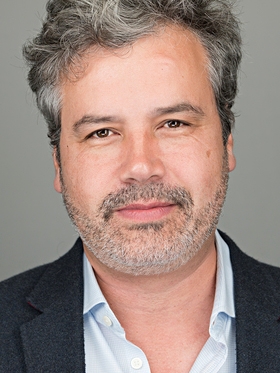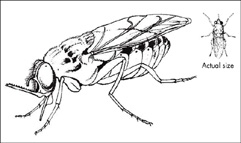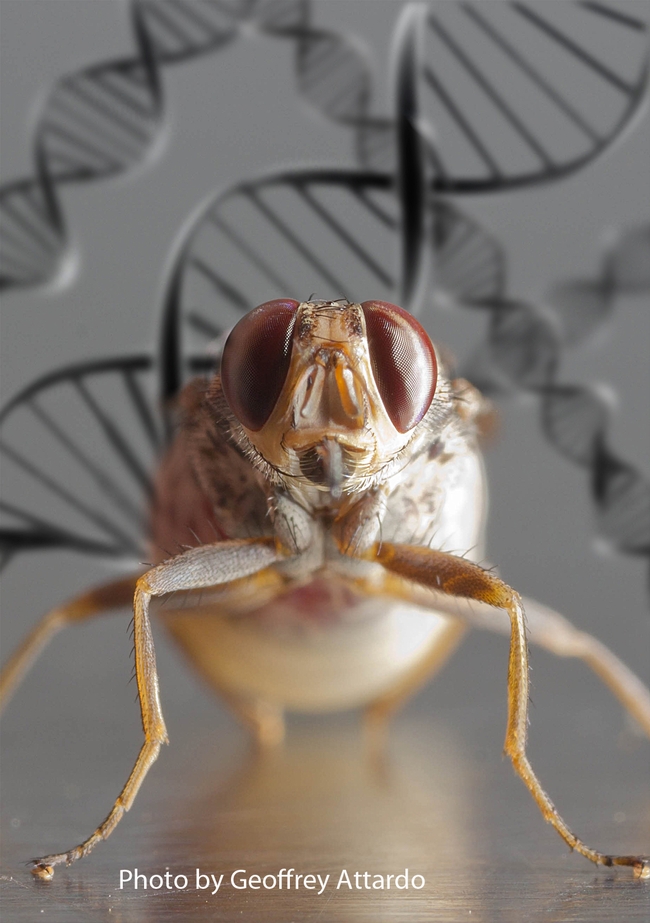
The tsetse fly (Glossina genus), found in sub-Saharan Africa, transmits Trypanosomiasis, a parasitic disease that we commonly refer to as "sleeping sickness."
Sleeping sickness occurs in 36 sub-Saharan Africa countries, but due to sustained control efforts, the number of new cases is decreasing, according to the World Health Organization (WHO): "In 2009 the number reported dropped below 10,000 for the first time in 50 years, and in 2015 there were 2804 cases recorded."
Enter Alvaro Acosta-Serrano of Liverpool School of Tropical Medicine, England, who researches tsetse flies.
Acosta-Serrano speaks on "A Hunger Game: Exploiting Tyrosine Degradation for Tsetse Control" at the next UC Davis Department of Entomology and Nematology seminar, set for 4:10 p.m., Wednesday, March 14 in 122 Briggs.
His research focuses on fundamental aspects of the biology of kinetoplastid parasites and their vectors, and on developing molecular tools to control and prevent parasite transmission in disease-endemic areas.
In his abstract, Acosta-Serrano writes: "My lab uses a combination of biochemistry, molecular genetics and cell biology to study the interactions between African trypanosomes and tsetse flies. These parasites undergo a complex life cycle in the tsetse that involves migration and colonization of different fly tissues. Establishment of a trypanosome infection occurs after the parasites reach the ectoperitrophic space (ES), which is in direct contact with the gut epithelium and is separated from the lumen by the peritrophic matric (PM). The tsetse PM works a barrier for oral pathogens and harmful molecules present in the blood meal. Although unproven, the most accepted hypothesis of how T. brucei reaches the ES is by direct crossing of the tsetse PM."

"My lab studies the reproductive biology and genetics of tsetse flies and other disease vectoring insects," Attardo related. "Tsetse flies are very unique in that they lactate and give birth to live young. We are exploring the fascinating physiological processes underlying the strange reproductive biology of this important vector insect. This work covers multiple areas of reproduction in tsetse including nutrition; analysis of genes associated with milk production; the molecular and biochemical interactions between male and female flies and the role symbiotic bacteria play in tsetse reproduction. We hope to eventually use what we learn to enhance current tsetse control efforts by exploiting their reproductive biology."
Attardo, who joined the faculty last year, holds a doctorate in genetics from Michigan State University and worked for 13 years at the Yale School of Public Health in the Department of Epidemiology of Microbial diseases, first as a postdoctoral associate and then as a research scientist. (See feature story)
The UC Davis Department of Entomology and Nematology hosts weekly research seminars at 4:10 p.m. on Wednesdays in 122 Briggs Hall, off Kleiber Hall Drive. The seminar on tsetse flies is the last of the winter quarter series. Coordinators are assistant professor Rachel Vannette; Extension apiculturist Elina Lastro Niño and Ph.D student Brendon Boudinot.
Attached Images:
